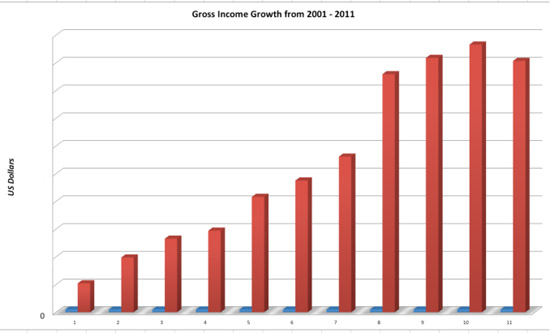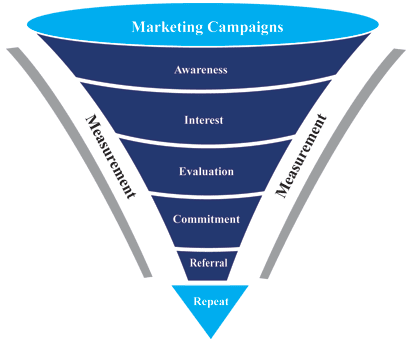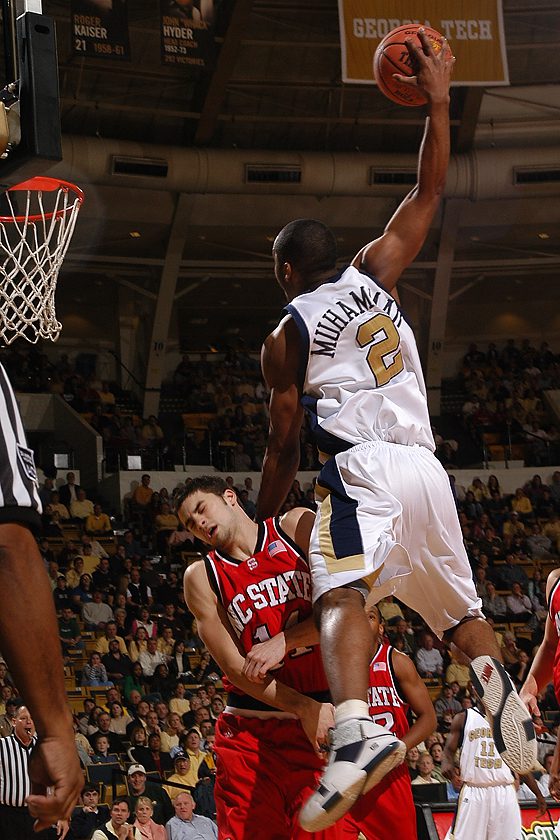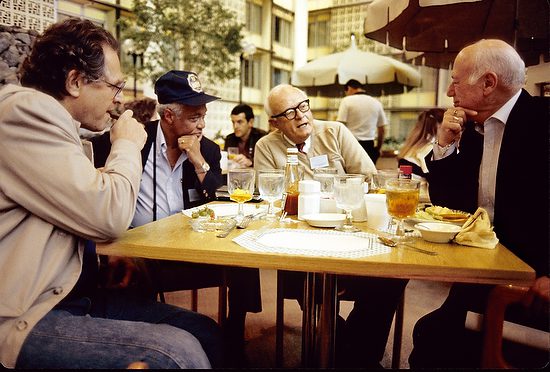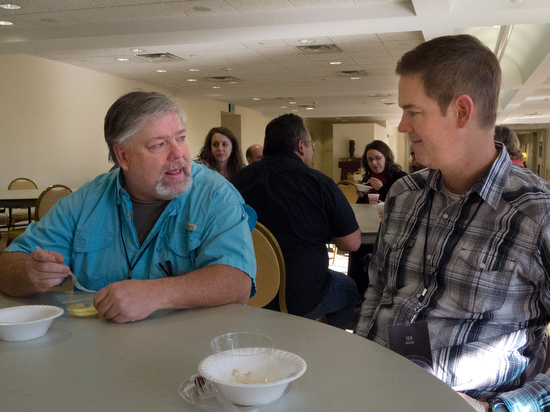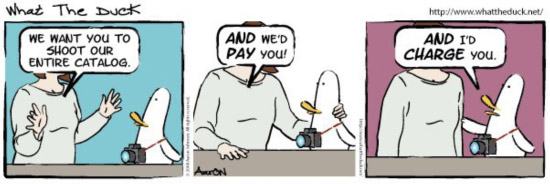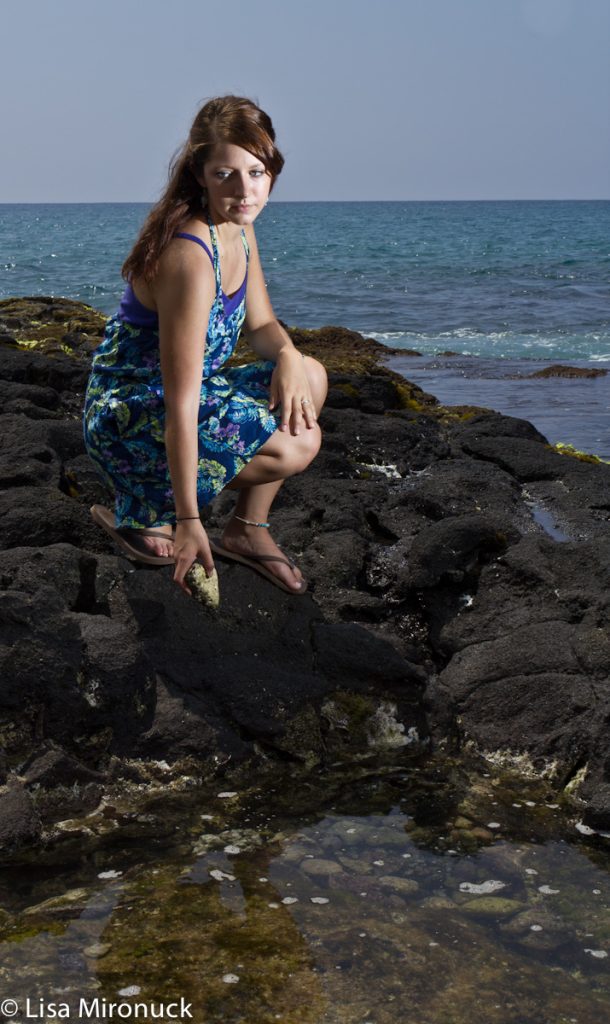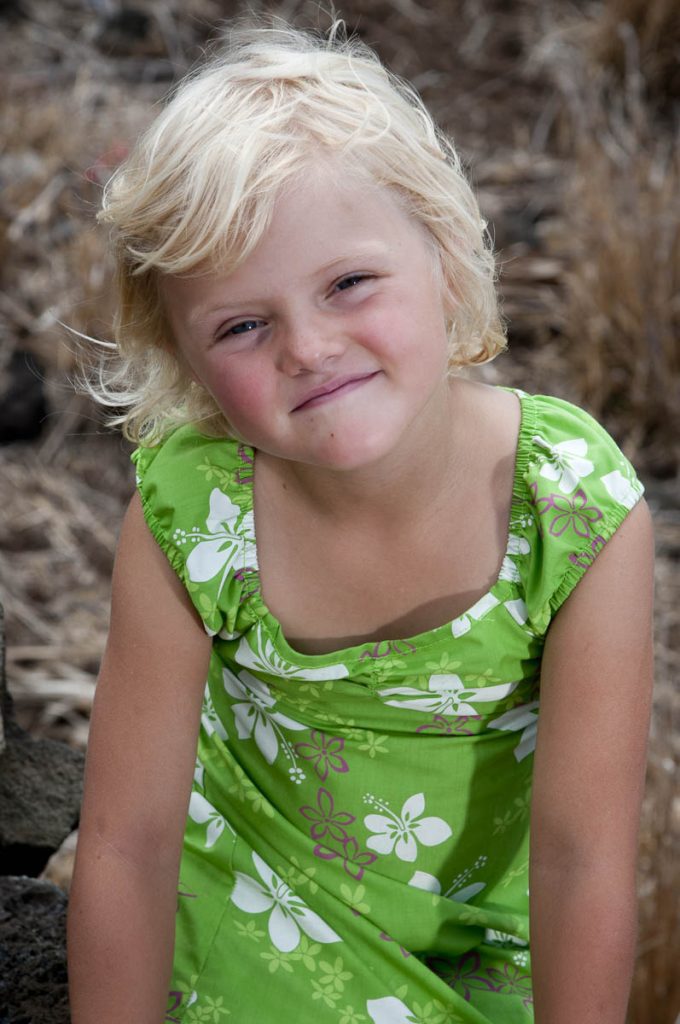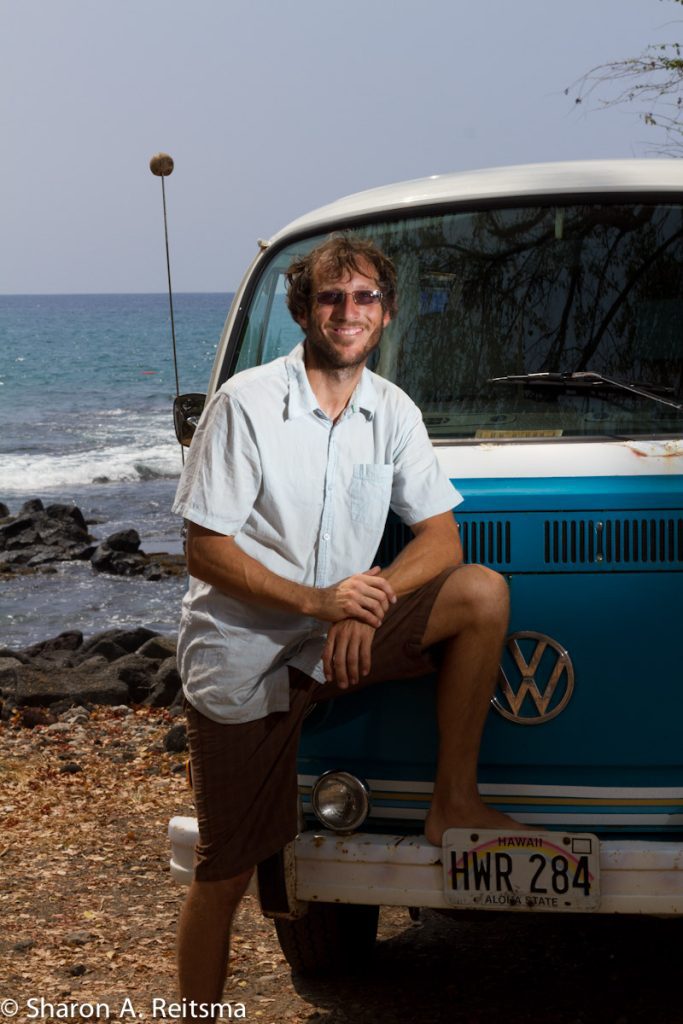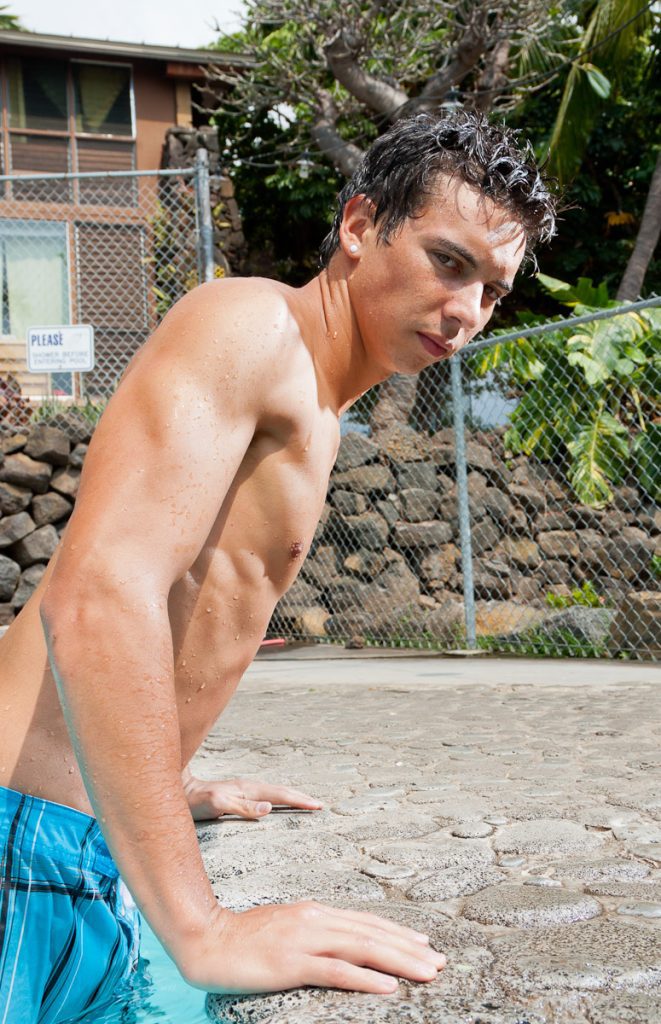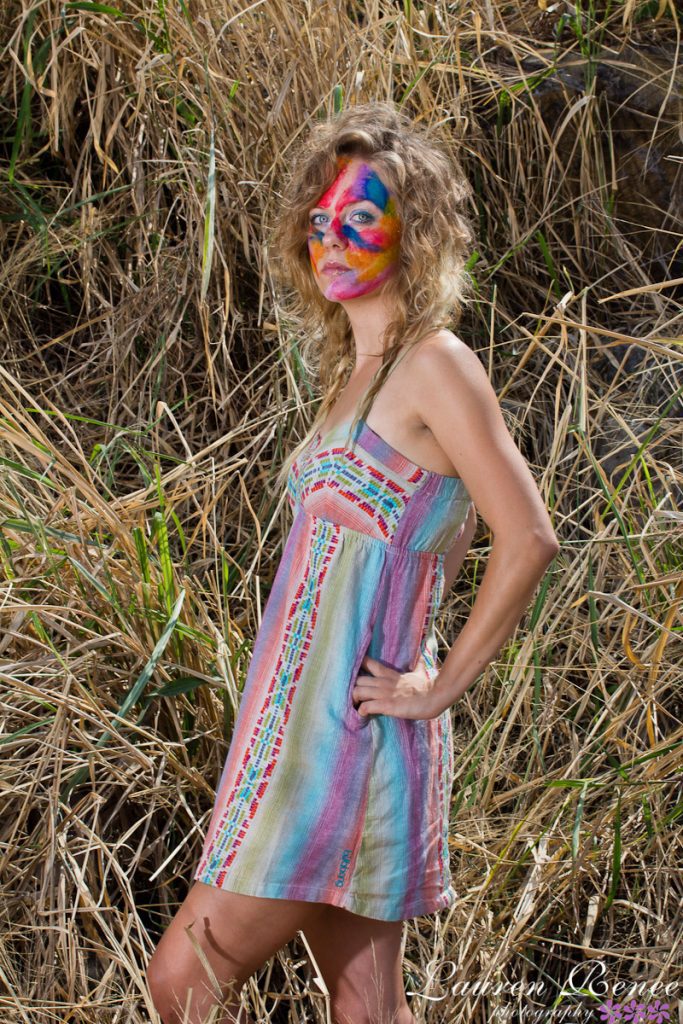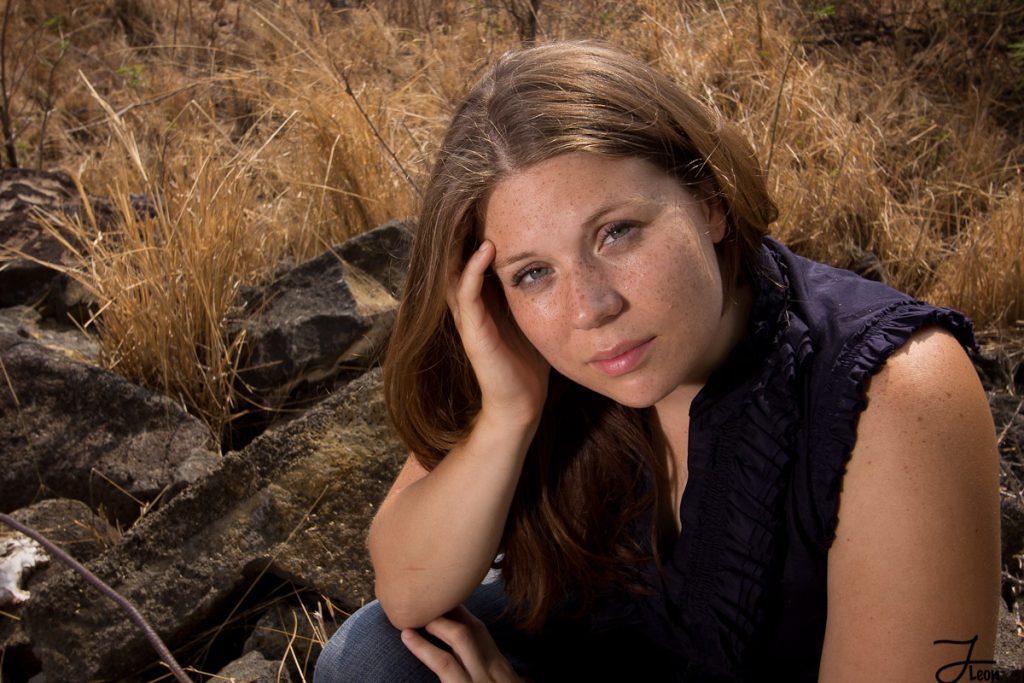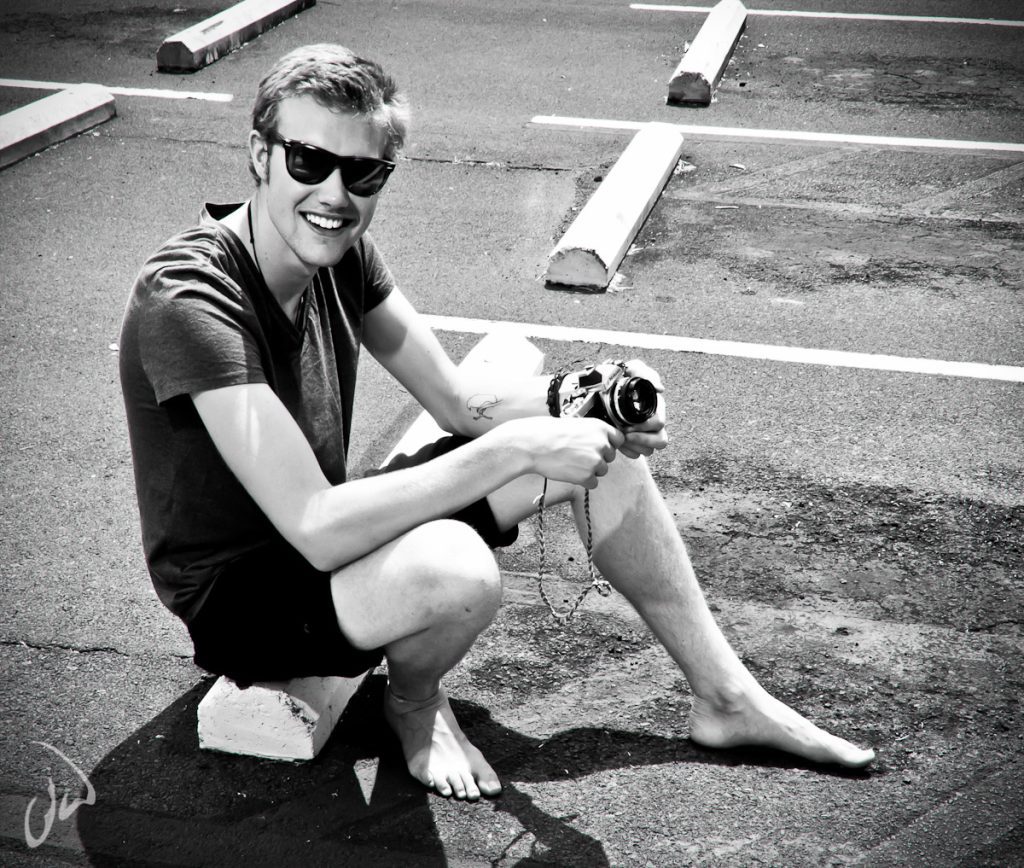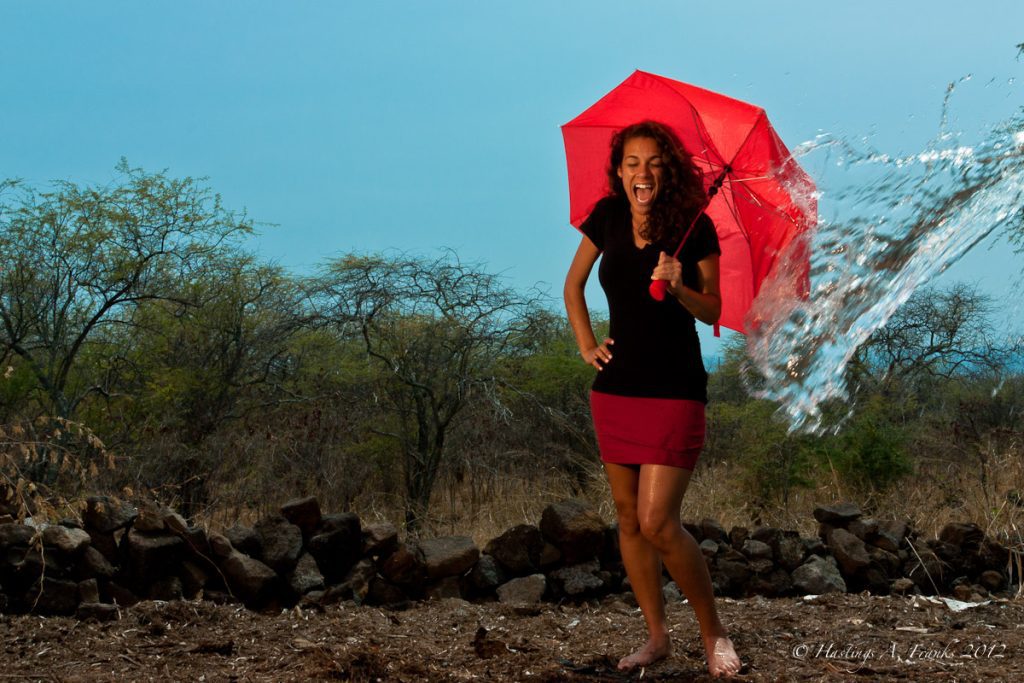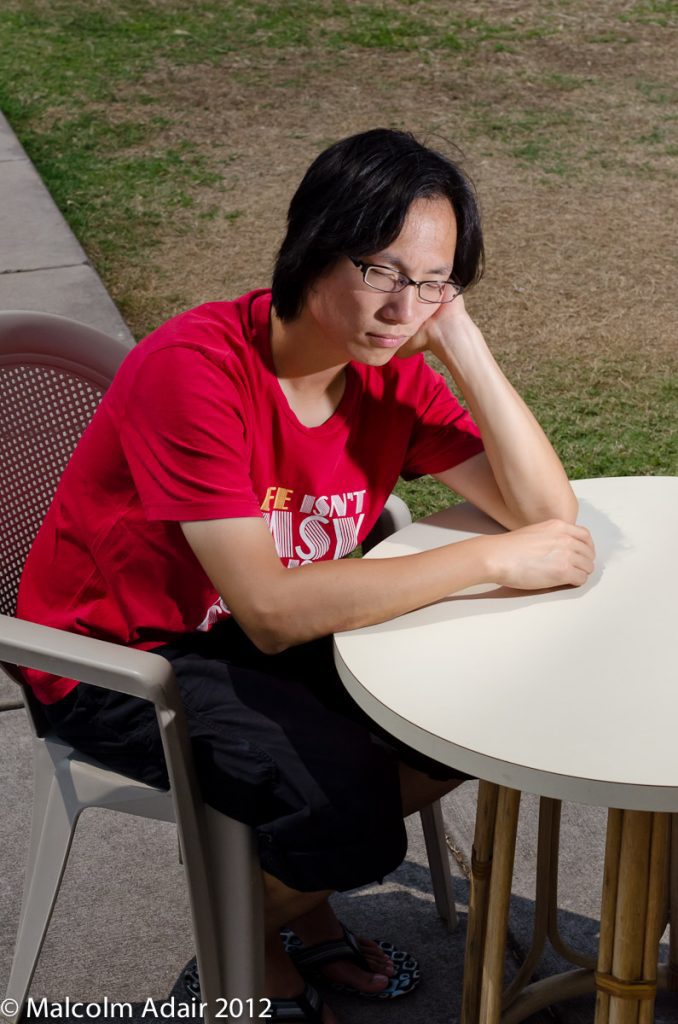So you want to be a photographer. I have some general suggestions after having written numerous students lately. I want to help others who want to become photographers.
Freshman
If you are reading this and you are a freshman in college or younger you will benefit more from my suggestions than a senior getting ready to graduate in May.
The time to start looking for your job after college is now. Where do you start?
Your Dream Job
First you need to actually have in mind a dream job that you would like to be doing. The sad thing is there are seniors getting ready to graduate who cannot tell you their dream job. Ouch! Four years of wandering, when they could have been focused and know what they were working towards.
You need to find someone who is doing pretty much what you would like to do when you graduate.
There are two types of people you may want to have their jobs—staff or freelancer. It is OK whichever job you choose. The point is that you now have a target in mind. The surest way not to find a job after college is not to know what kind of job you want.
You need to make contact with the person holding that job or someone in a similar job. There is a very simple question you need to ask them. How do I get a job like yours?
A Master Plan
After you have this discussion with a professional doing the job you would like to have later, you will find that you can put together a plan on how to proceed.
I can give you one thing that almost every pro will recommend to you right now; take some business courses. What they are saying is take business courses that will help you run a small business. Even if you are in a staff position you need to know more about how the bills get paid.
They may recommend classes that would help you. If you want to work for National Geographic Magazine, they most likely would encourage you to become an expert in a subject other than photography. Some of their best photographers are anthropologists, biologist or something else. They can go on projects because they know something about what they will be photographing.
Most likely they will give you some baby steps to get you started and recommend you keep in touch.
It’s about whom you know and whom they know
People are hired more because of a relationship than about their portfolio. There are many arrogant photographers with outstanding portfolios that no one wants to work with. You need to be a team player. You will most likely need to show how you can be a team player and not a loner.
When there is an opening it is the last person they can remember who could do the job they call. This is why as a freshman you need to start building relationships.
Networking
You need to join a photographic association like PPofA, ASMP, NPPA, or another professional group as a student. They all have student rates and most all of them give out scholarships as well.
Don’t just pay your membership dues; get involved. Volunteer to help at meetings. You do this in order to get your face in front of as many people in the industry as possible. You may find people wanting to take you under their wing and help you out.
Go to the meetings and don’t hang out with other students while you are there all the time. Why? Are they going to hire you in four years? I don’t think so. You need to learn how to speed date.
What I mean by speed dating is learning how to be genuinely interested in every person making your best impression so that you land a date/job. Often at speed dating after the event people talk about whom they met and compare notes. If you come off not so good to one of the people’s friends that you were interested in that can kill your chances with them.
It is this way in the photo business. Photographers talk to other photographers about recommendation for assistants, interns and possible hires. Remember you are building your brand all the time. Don’t screw it up by an off handed comment that tarnishes you for a long time.
Mentor/Coach
Besides taking some classes in photography in school you need to have a mentor other than your professor. You need to find someone to help coach you. It could be the person in your dream job, or someone between you and them that can get you down the road.
You need to shoot assignments for class, for your school paper and yearbook. Send these to your mentor/coach and ask for a critique from them. After they give you feedback, be sure you implement people’s recommendations.
If you are really smart you will reshoot an assignment so it now is perfect for your portfolio if possible. If you do reshoot the assignment then resend this to your coach/mentor and ask if this is what they meant for you to change or do.
Personally I would have a mentor and also be sending your updates to places that might hire interns or you would like to work long term. Let them see you grow and improve.
Are you teachable?
By keeping in touch you will demonstrate either that you are listening to their advice and implementing it or you demonstrate you cannot listen. You will miss the mark a few times. Sometimes by reshooting and submitting the work to them again can help you see that you didn’t understand a concept. Go and reshoot it again and then resubmit it.
This will show more than anything else you can do that you want to improve and you are looking for their advice. Most importantly it shows you are listening and asking for clarification.
Sophomores & Juniors
Do the same as I recommend to the freshman. Continue to expand your database of names in the industry. Continue to refine your portfolio.
Internships
As a true student you can get more internship opportunities than when you have graduated. There are legal reasons for this. Employers cannot hire someone who isn’t in school and say it is an internship.
What this means is apply for internships all the time. Do not wait till your senior year—you may have waited too long and now there are none to find. Better to get one your freshman year than not get one your senior year.
You cannot do enough internships in my opinion. What you learn in the classroom will help a great deal in your job. Just about every class will at sometime find useful as a photographer. The reason is will encounter someone whose job is in that subject. You can hold some kind of a conversation with them if you paid attention in class.
Seniors
If you are graduating in May and haven’t done an internship, found your dream job and have a coach or mentor it isn’t too late, but your opportunities are greatly diminished.
You need to spend as much time building that database of names to contact as you do studying for finals. Having straight “A’s” and no contacts is not as good as “B’s” and contacts.
Everyone
Manage your brand all the time. Watch what you post on Facebook and Twitter. When you go to parties remember others are taking photos and posting them to social media.
I recommend learning to help anyone you can and not just those who you think will get you somewhere. Your reputation as someone who is kind is better than someone who is only in it for him or herself.
Summary
People want to work with their friends. Do your best to build good relationships and try to be a friend to others.






